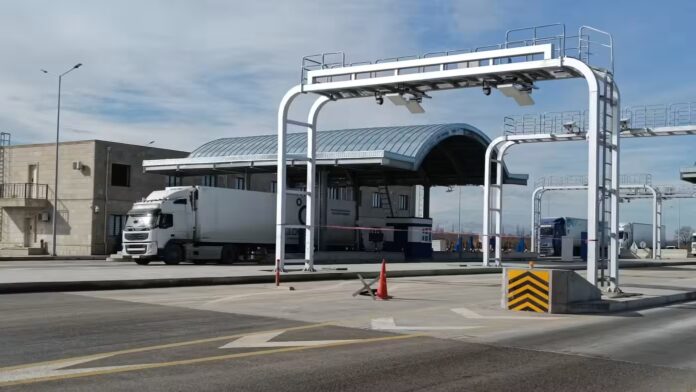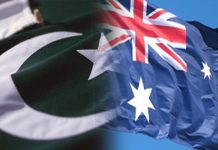TOKYO – Progress is being made on the long-envisioned shipping route that links Russia with the Middle East and South Asia. This development comes as Moscow, currently under sanctions, is exploring alternative markets for its goods, leading to extensive geopolitical repercussions.
The International North-South Transport Corridor, spanning 7,200 kilometers, will extend from St. Petersburg in northwestern Russia to ports in southern Iran, and then to Mumbai. This new route bypasses Europe and is less than half the distance of the conventional route through the Mediterranean Sea and the Suez Canal.
The corridor comprises three routes between Russia and Iran. The primary western route traverses Azerbaijan by rail and road, the central route crosses the Caspian Sea by ship, and the eastern route runs along the eastern shore of the Caspian Sea.
Significant progress has been made on the western route. According to Azerbaijan’s Ministry of Digital Development and Transport, rail freight increased by approximately 30% last year, while road freight surged 35% to 1.3 million tonnes. The ministry anticipates that total freight traffic could potentially reach 30 million tonnes annually.
Azerbaijan is swiftly developing domestic infrastructure to enhance shipping on the western route. Plans are underway to build a railway and road across the Aras River, which forms part of its border with Iran. Additionally, a shipping terminal in the border region is being expanded, with completion expected in the third quarter of this year.
A four-lane toll road linking the Azerbaijani capital, Baku, with the Russian border was inaugurated in October, following the establishment of a customs checkpoint in the area in March 2023.
“The North-South Transport Corridor will foster mutually beneficial trade and investment and pave the way for new cooperation opportunities among countries,” the ministry stated.
Although the corridor was initially proposed by Russia, Iran, and India in 2000, recent geopolitical changes have accelerated the project. Western sanctions imposed on Russia following its invasion of Ukraine have led Moscow to pivot towards Asian and Middle Eastern export markets. Similarly, sanctions have pushed Iran closer to Russia and Asian nations.
In May of last year, Moscow and Tehran signed an agreement to construct a railway in northern Iran, filling a crucial gap in the route.
The corridor’s importance is further underscored by the increasing risk of shipping from Europe to Asia via the traditional Suez Canal route due to attacks on commercial ships in the Red Sea by pro-Iranian Houthi rebels.
“Considering the situation in the Red Sea region, the North-South [corridor] will attain global significance,” Russian Deputy Prime Minister Alexei Overchuk told Russian media in January.
Indian External Affairs Minister S. Jaishankar, after a meeting with his Russian counterpart in December, stated that “it is in the interest of the global economy that this corridor progresses.”
The project has also influenced military developments in the region. Iran, which stands to benefit from the corridor’s development, has provided Moscow with numerous drones and other equipment.
Azerbaijan’s strengthened ties with Russia seem to have given it a vital edge in its conflict with neighboring Armenia.
The region of Nagorno-Karabakh, a historical flashpoint of ethnic conflict between Azerbaijan and Armenia since the end of the Soviet era, has been seized by Azerbaijan through military confrontations in 2020 and 2023. Despite being an ally, Armenia did not receive military support from Russia.
“The North-South corridor has elevated Azerbaijan’s strategic importance to Russia,” an Armenian political commentator noted.
Azerbaijan, a crucial point along the Middle Corridor that connects Europe with China via the Caspian Sea, has risen in global significance as a supplier of oil and natural gas through a pipeline to Europe.






